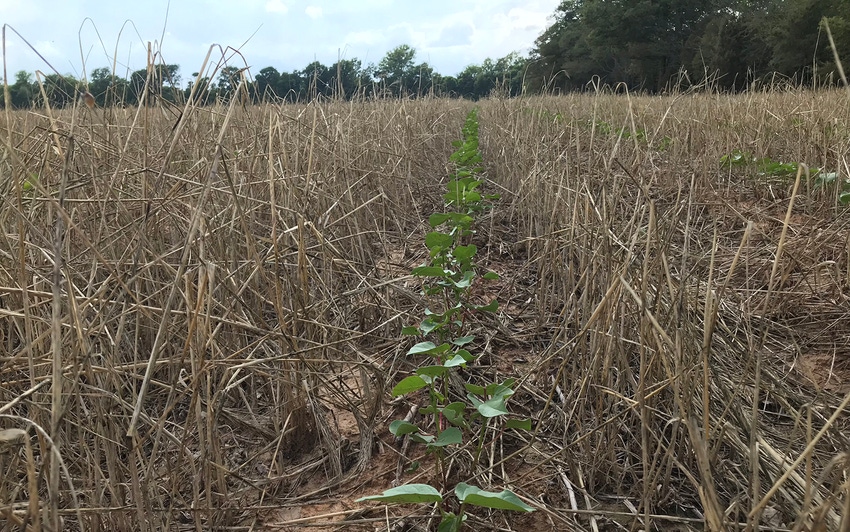
I was talking to an Extension agent a while back who told me that cover crops are used by well over 80% of the growers in my area. We've come a long way from the days of deep tillage and barren winter fields.
Long ago I was so proud when an FFA video mentioned that my grandfather was an innovator in deep field tillage. Those big old plows would rip into the ground and turn over the soil on itself, opening the soil and burying weed seeds so deep they couldn't reach the sunlight.
I remember spending time off from school pulling a shanked ripper through the field to open the soil as deep as we could. It took a lot of horsepower and tons of fuel.
When we started planting a barley cover on fallow ground, I noticed how the soil was so much more alive than in the areas we left with no cover. We grazed the cover when we could, which naturally enriched the soil.
One day I looked out and there were at least 20 red tail hawks in the field. I'm not sure if they were feeding or being driven by other natural urges, but the sight was amazing.
In the late 90s, I first visited the University of Tennessee AgResearch and Education Center at Milan. It was the first time I saw cover crops integrated into normal crop production.
Since that time it has become an accepted practice in those areas where rainfall can support a winter cover.
The techniques and cover vary. Across the road I have a producer who broadcasts barley like we did on our place.
This year, the barley looked great. When it came time to plant his beans it looked like a mess and I wondered how the beans would make it up through all the stubble and stalks.
Now, it is a beautiful stand of soybeans with nary a stalk of barley poking through the canopy of beans. The runoff from the rain comes out of the field and runs along my property. The flow is never clouded with soil erosion.
And, soil health is so much better now than it was 20-plus years ago.
My favorite demonstration is when Bill Robertson, Extension agronomist at the University of Arkansas, buries a pair of cotton underwear in a field that has had continuous cover crops versus a field that has had no cover.
The result is a more decomposed pair of undies – usually just the elastic band - where the soil environment is healthy and alive because it hasn't been ripped apart and disturbed.
Growers are currently determining which approach they will make for this winter's cover, whether it be broadcasting a prescriptive selection of covers or letting the cover come in naturally.
Either way, it's nice to see the drainage running clear beside my place.
About the Author(s)
You May Also Like






